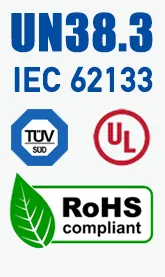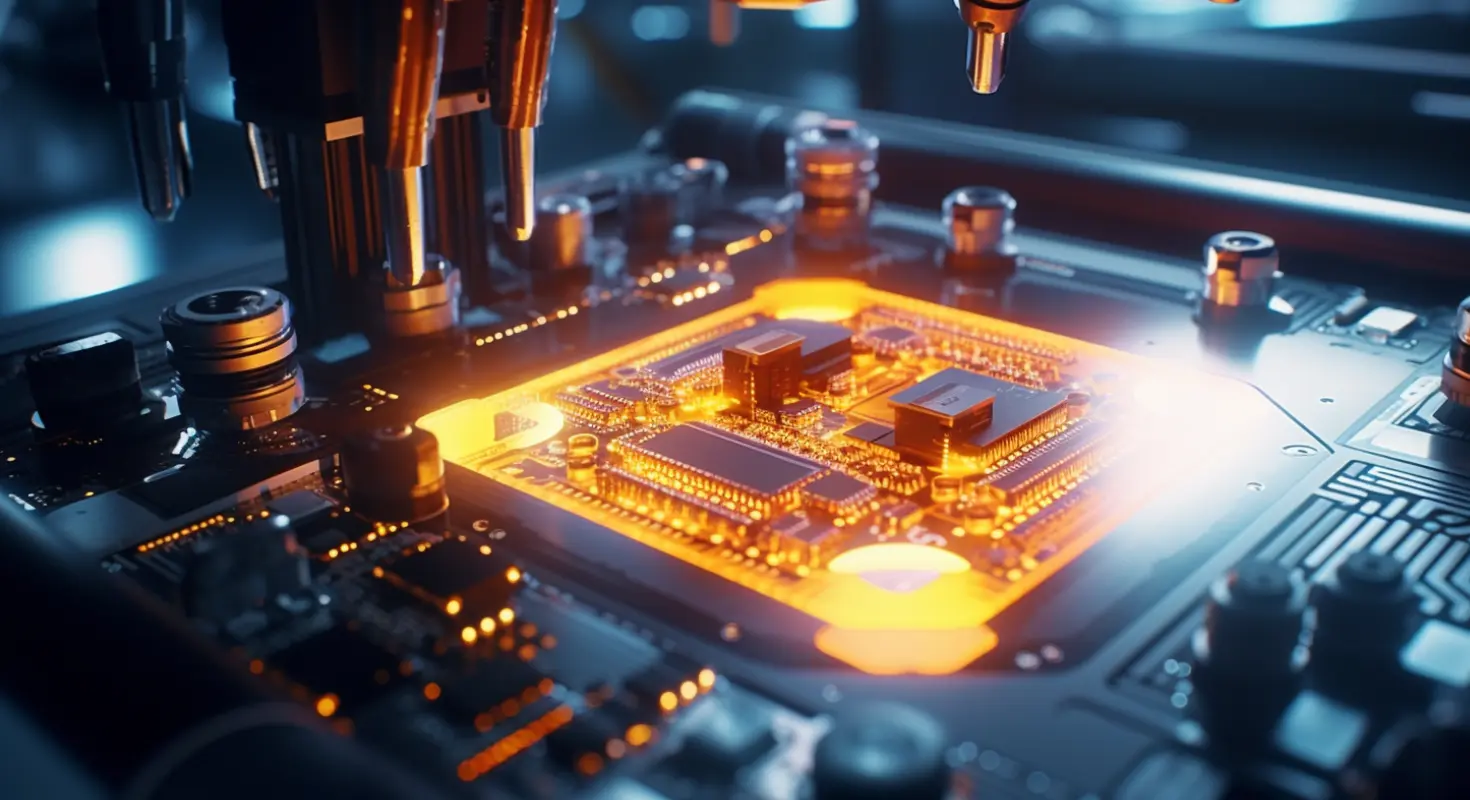
What's the protection circuit of the lipo battery and what’s the function of the protection circuit? How does it work and protect the lipo battery?
The protection circuit of a LiPo (Lithium Polymer) battery, often referred to as a Protection Circuit Module (PCM), is an essential component designed to safeguard the lipo battery from various potential risks during operation. This circuit is crucial for maintaining the safety and longevity of the lipo battery.
Functions of the Protection Circuit:
- Overcharge Protection: It prevents the lipo battery from charging beyond its maximum voltage limit. Overcharging LiPo batteries can lead to overheating, potential leakage, or even explosions.
- Over-Discharge Protection: It prevents the lipo battery from discharging below its minimum voltage threshold. Over-discharging can damage the lipo battery's internal chemistry, reducing capacity and lifespan.
- Overcurrent and Short Circuit Protection: It protects the lipo battery from excessive current draw during discharge or charging, possibly due to short-circuiting or overloading. This is often accomplished using a PTC (Positive Temperature Coefficient) thermistor or a MOSFET (Metal-Oxide-Semiconductor Field-Effect Transistor).
- Temperature Protection: Some protection circuits include temperature sensors to monitor the lipo battery's temperature, preventing operation if the lipo battery becomes too hot.
- Cell Balancing: In multi-cell LiPo battery packs, the circuit ensures that all cells are charged and discharged evenly, thereby maximizing the performance and lifespan of the lipo battery.
How It Works:
- Voltage and Current Monitoring: The PCM always monitors the voltage of each cell in the lipo battery pack and the current flowing into and out of the lipo battery.
- Automatic Disconnect: If any monitored parameters (voltage, current, temperature) exceed their predefined safe limits, the PCM automatically disconnects the lipo battery from the load or charger. This is usually done through MOSFETs, which act as electronic switches.
- Reconnection: Once the parameters return to safe levels, the PCM may allow the lipo battery to reconnect and resume regular operation, depending on the design and severity of the condition that triggered the disconnect.
- LED Indicators: Some protection circuits include LED indicators to inform the user of the lipo battery's status and any errors.
- Communication with Devices: Advanced PCM systems can communicate with the device the lipo battery powers, providing information about the lipo battery's state of charge, health, and operational status.
Protective Role of the Circuit:
The protection circuit is critical in ensuring the safe operation of LiPo batteries, known for their high energy density and sensitivity to overcharging, deep discharging, and high temperatures. By preventing these unsafe conditions, the PCM helps avoid potential hazards such as thermal runaway, swelling, leakage, or even fires and explosions.
In summary, the protection circuit in a LiPo battery is integral to its safe and efficient operation, preventing damage due to common battery stress factors and ensuring the reliability and longevity of the LiPo battery.
Best Lithium Battery Solutions
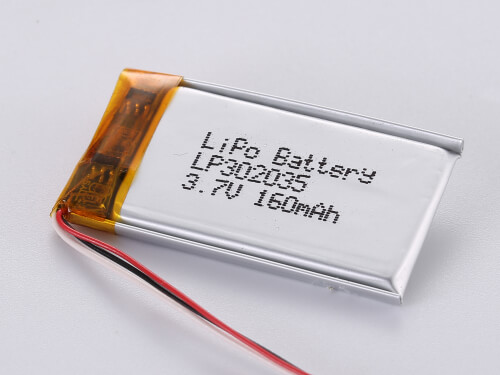 |
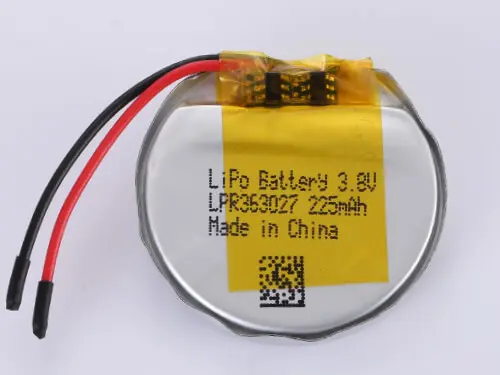 |
Ultra Thin LiPo Battery |
Round LiPo Battery |
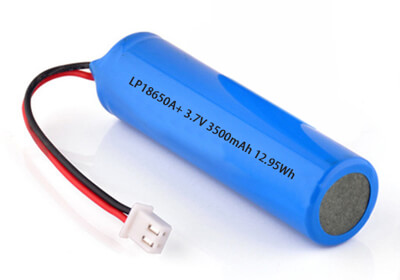 |
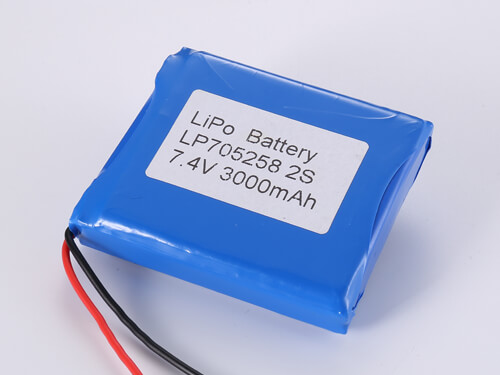 |
18650 Battery |
LiPoly Battery 2S 7.4V |
Fill out my online form.If you haven't find the fit batteries, pleaese go to our anther website for more www.LiPoly-Battery.com
